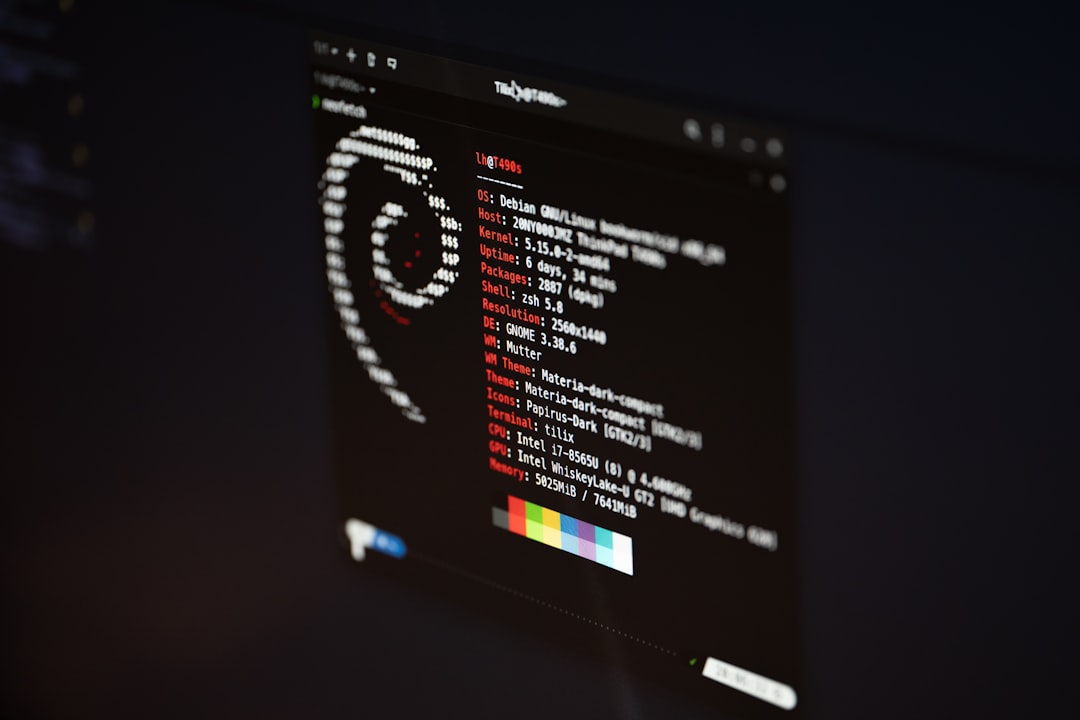Running Ubuntu on Windows through the Windows Subsystem for Linux (WSL) has become incredibly popular among developers and tech enthusiasts. However, as seamless as the experience may be, it doesn’t come without its own set of challenges. One of the more frustrating issues you might encounter is the error message “Failed to fork”. This can unexpectedly halt development or automation processes. Thankfully, there are several quick and effective solutions to resolve this error and get your environment back on track.
Table of Contents
What Does “Failed to Fork” Mean in WSL?
The “failed to fork” error typically occurs when Ubuntu on WSL is unable to create a new process. In UNIX-like systems, forking is the method used to spawn a new process from a parent process. If for some reason WSL can’t allocate the necessary resources to launch a subprocess, this error message appears. Most commonly, it’s triggered by limited memory or incompatible software running on the system.

Common Causes of the “Failed to Fork” Error
- Insufficient System Memory – Your system might not have enough RAM available to create new processes.
- Incompatible Antivirus Software – Some antivirus or endpoint protection programs can interfere with WSL’s operation.
- Corrupted WSL Installation – System configuration files may become damaged or misconfigured.
- Outdated Windows or WSL Version – An outdated kernel or subsystem may cause compatibility issues.
Quick Solutions to Fix the Error
1. Restart Your PC
It may sound overly simplistic, but a restart can often free up necessary system resources and clear temporary bugs that lead to the “Failed to fork” error. Try rebooting your machine and re-running your WSL instance.
2. Close Unnecessary Applications
If your system is low on memory, closing apps—especially memory-intensive ones like browsers, games, or virtual machines—can free up enough RAM to allow WSL to work properly again.
3. Adjust WSL Memory Limits
By default, WSL 2 dynamically uses system memory. However, if you need to manage memory more tightly, consider creating a .wslconfig file in your User folder to manually define resource limits. Example:
[wsl2]
memory=4GB
swap=2GB
After editing or creating the file, restart WSL for changes to take effect:
wsl --shutdown
4. Check for Antivirus Conflicts
Antivirus programs like CrowdStrike, McAfee, or even older versions of Windows Defender may unnecessarily flag WSL processes. Temporarily disable your antivirus and try again. If the issue disappears, add your WSL installation directory and binaries to the antivirus’ exclusion list.

5. Update WSL and Ubuntu
Keeping your WSL, Linux kernel, and Ubuntu packages up to date can prevent many errors. Run the following commands to ensure your system is current:
wsl --update
sudo apt update && sudo apt upgrade -y
Don’t forget to restart your machine afterward, especially if the kernel was updated.
6. Reinstall the WSL Feature
If none of the above steps work, consider reinstalling WSL. First, remove WSL:
dism.exe /online /disable-feature /featurename:Microsoft-Windows-Subsystem-Linux /norestart
Then, re-enable it:
dism.exe /online /enable-feature /featurename:Microsoft-Windows-Subsystem-Linux /all /norestart
Afterward, reboot your system and install your preferred Linux distribution again via the Microsoft Store.
Preventive Tips
To minimize the likelihood of encountering “Failed to fork” errors in the future, you can:
- Keep Windows and WSL updated regularly
- Use lightweight applications when working in WSL
- Ensure antivirus software is compatible or set with proper exceptions
- Monitor system resources when running intensive tasks
Conclusion
The “Failed to fork” error in WSL with Ubuntu on Windows 10 can indeed be a roadblock, but it’s rarely insurmountable. With a structured approach—starting from basic troubleshooting to more advanced configurations—you can quickly resolve the issue and return to your command-line adventures. Whether you’re scripting, developing, or just exploring the Linux ecosystem on Windows, keeping your environment clean and optimized is key to a smooth experience.




